From photojournalism, and thus from photography as a means of documenting reality and spreading news, to photography as a means of artistic expression to observe how climate and technological changes are altering our societies. This can be summarized as the path of Giulio Di Sturco (Roccasecca, 1979), an artist who has lived for a long time in different parts of the world: Thailand, India, Canada, London, Paris, after training at the European Institute of Design in Rome. His career began precisely as a photojournalist, and when he was only 30 years old, in 2009, the artist made a name for himself at the World Press Photo where he won first prize in the Stories - Arts & Entertainment category with a photograph of a model running for her life in a hurry backstage at a fashion show in Nuva Delhi (he would repeat the success in 2015, with first place in the Stories - Contemporary Issues category, and in 2018 with second place in the Singles - Contemporary Issues category, but the list of awards Di Sturco has received in his career is very long).
During his early years, he does not fail to sign photo campaigns for important clients: Toyota, Maldives Climate Change Fund, Visit Trentino, Loro Piana. One of the most singular is precisely the one made for the cashmere maison: entitled The origin of a secret, it is a work that Di Sturco conducted in the Helan mountains, in central Mongolia, one of the most inhospitable places on the planet, characterized by very strong temperature ranges. In these lands, the domestic goat(Capra hircus) has had to adapt to extreme conditions and develop a fleece that can protect it from rain, sun, dust, and insulate a very soft and insulating layer of hair, the very famous cashmere used for the production of luxury knits. The shepherds of Mongolia know this animal to perfection, as well as the lands in which it lives.Di Sturco, for Loro Piana, has therefore photographed the landscapes of Mongolia, the shepherd communities of the Alashan region, offering the viewer a privileged glimpse into the origins of cashmere but also a work that testifies to the great stubbornness of Mongolia’s goat herders (a “portrait of enduring harmonies, intense harshness and sublime softness,” as the artist himself says).
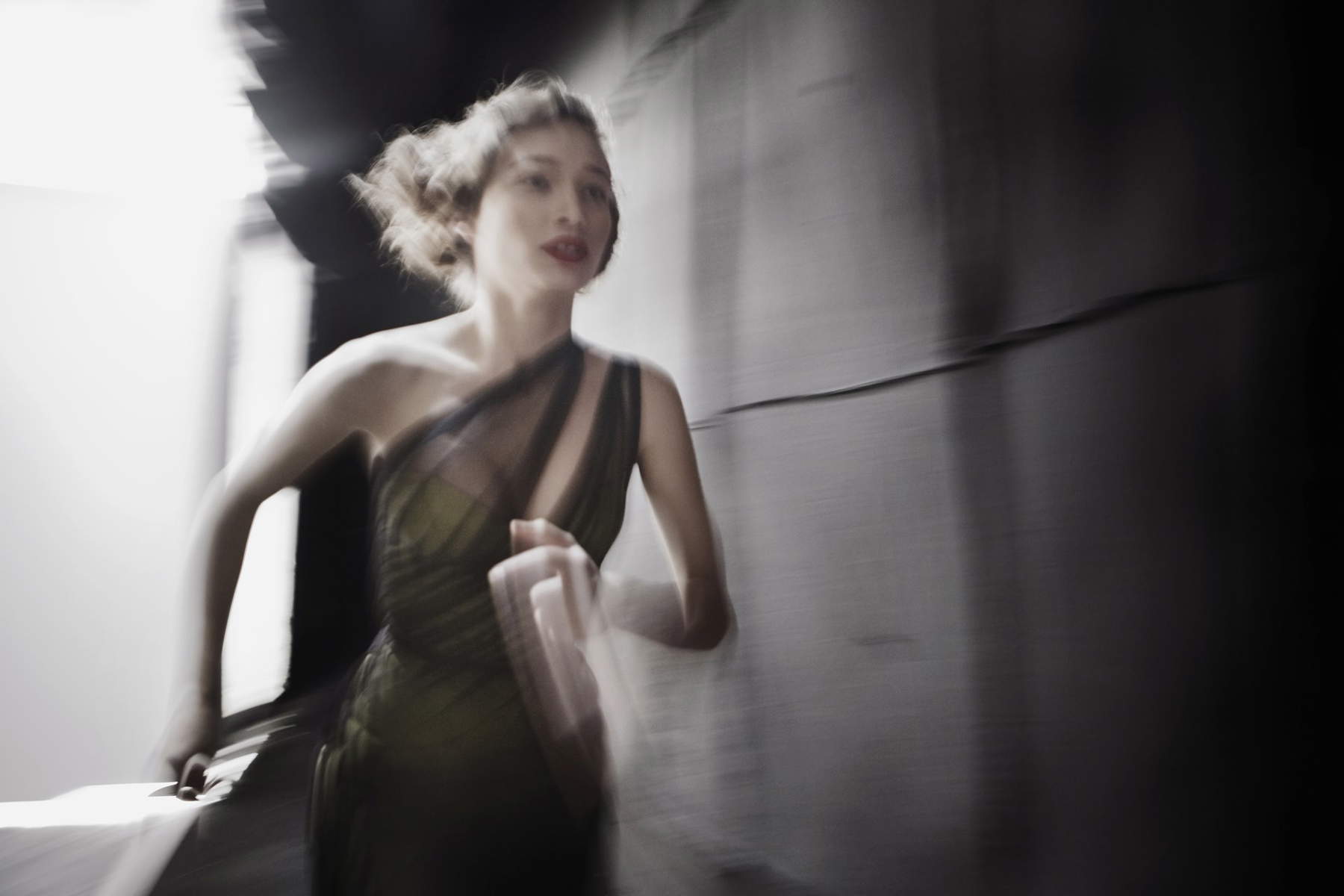 |
| Di Sturco’s World Press 2009 winning photograph. |
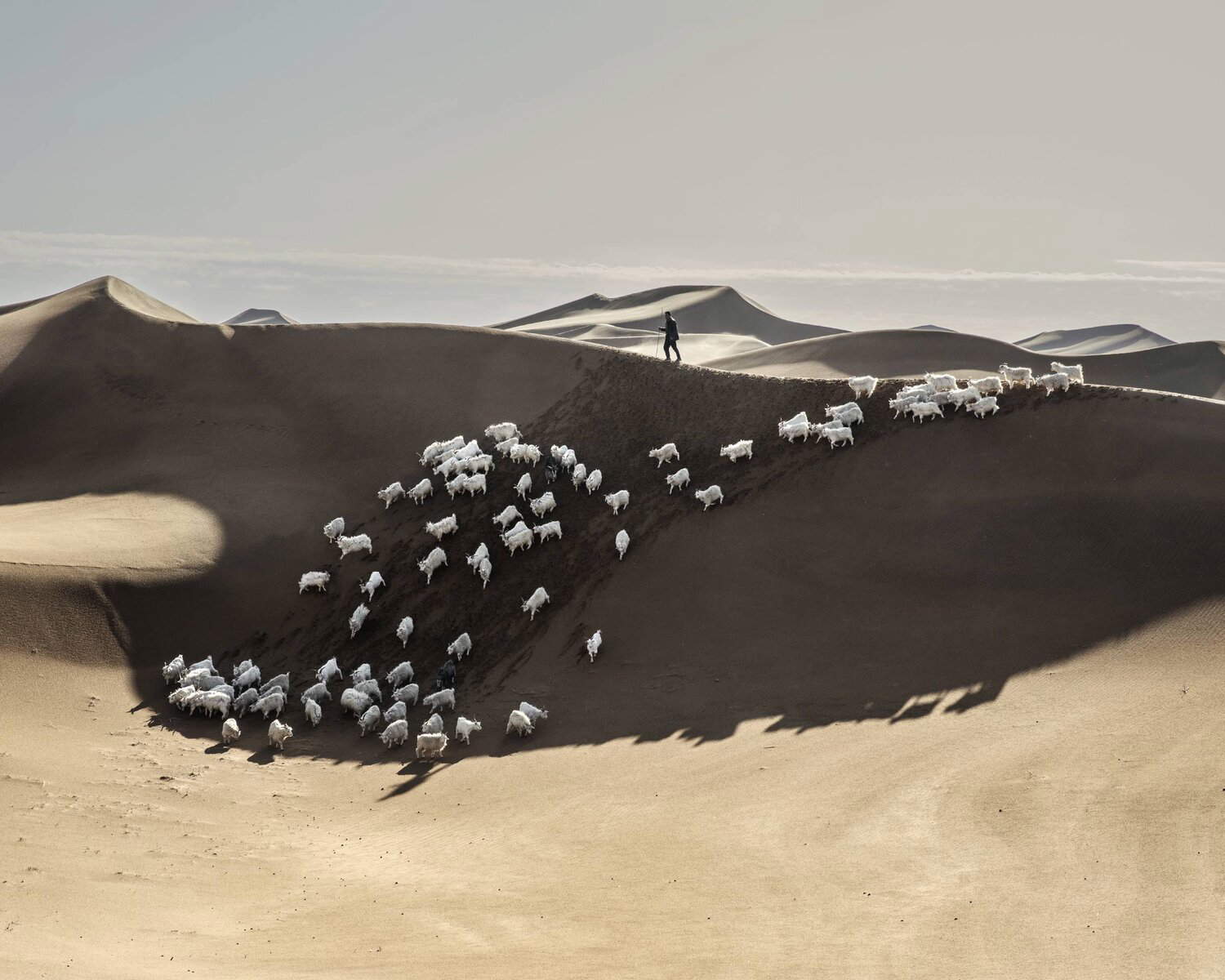 |
| Giulio Di Sturco, The origin of a secret (2018-2019) |
 |
| Giulio Di Sturco, The origin of a secret (2018-2019) |
In parallel, Di Sturco began a personal artistic research a few years ago that resulted in two important projects. The first, begun in 2014, is Aerotropolis, a term used to designate cities whose main function is to serve a large airport located on its territory, and which is the engine of the economic development of the city itself and its territory. It is a term coined by U.S. economist and businessman John D. Kasarda, according to whom airports will be the ... capitals of the future. “Aerotropolis,” cities developed around airport hubs, create jobs and provide a living for hundreds of thousands of people: who are these people, however? This is Di Sturco’s idea: to try to understand how people live in a city that might be perceived as the quintessential “non-place,” a transient, seemingly cold and boring site. The work, which set out to “capture life in airport-cities,” in the artist’s own words, originated in Asia, and is intended to offer a glimpse of what life might be like in a future in which transportation will become increasingly important, and which seeks to understand whether “aerotropolis” might become models of the future or, at the very least, whether airports will shape urban development in the 21st century, as highways did in the 20th century, railroads did in the 19th, and seaports did in the 18th. Trying to understand how people live in “aerotropolis” is a very real goal: “If the model becomes the way we will live,” Di Sturco points out, “it is vital to show what impact it will have on human lives.”
The project with which, however, Di Sturco has made his mark with a wider audience is surely Ganga Ma, which has been presented at fairs and in two exhibitions, one at the Podbielski Contemporary gallery, which represents the artist, is one at the Fondazione Stelline in Milan, and outside Italy at Somerset House in London. Ganga Ma means “Mother Ganges” and is the result of ten years of work that began in 2005: it is a major project that aims to give back a narrative of what happens along the 2,500 km of the Ganges River, from its sources in the Himalayas to its mouth in Bangladesh, where the river flows into the Bay of Bengal. The Ganges is the sacred river of Hindus and is therefore more than a river: it is a kind of spiritual symbol, but one that suffers from the paradox of being the most polluted river in the world, with the result that the sacred river threatens the lives of millions of people who depend on its waters for a living.
With Ganga Ma, Di Sturco “provides a poetic and haunting portrait of the river, up close, through images that move back and forth between the observational detachment of documentary photography and an aesthetic pictorial response to the ecological and atmospheric conditions of the Ganges,” wrote curator Eimear Martin. "The choice of India’s most sacred and revered river as the subject of this long-term project ultimately requires us to rethink deeply our complex interconnectedness with the environment and how we imagine our place and action in the world. While Ganga Ma began as a documentary project aimed at witnessing an ongoing ecological disaster, Di Sturco has progressively created a visual language that can evoke a near future by showing us its seeds in the present and in the process allowing us to perceive a toxic, post-apocalyptic world." From Di Sturco’s photos, it almost seems that the river emerges from the fog, from asuspended atmosphere: this dreamlike tone that the artist has chosen to give to his photos is meant to further emphasize the symbolic dimension of the river that becomes a metaphor for the conflict between human beings and nature.
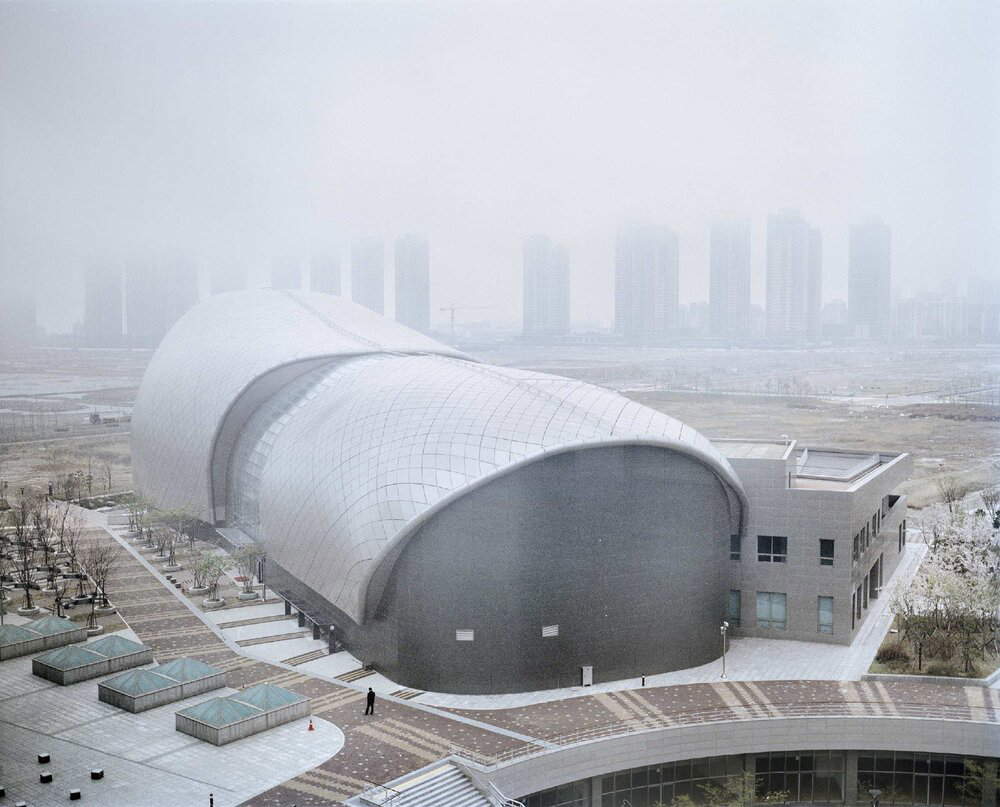 |
| Giulio Di Sturco, Aerotropolis (2014 - ) |
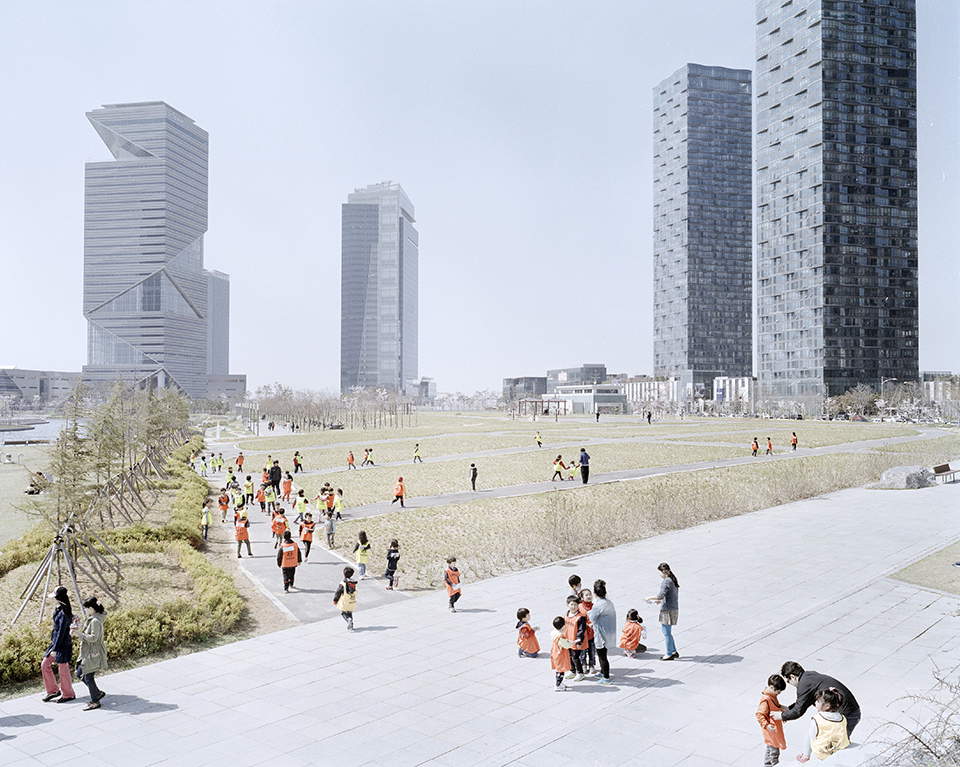 |
| Giulio Di Sturco, Aerotropolis (2014 - ) |
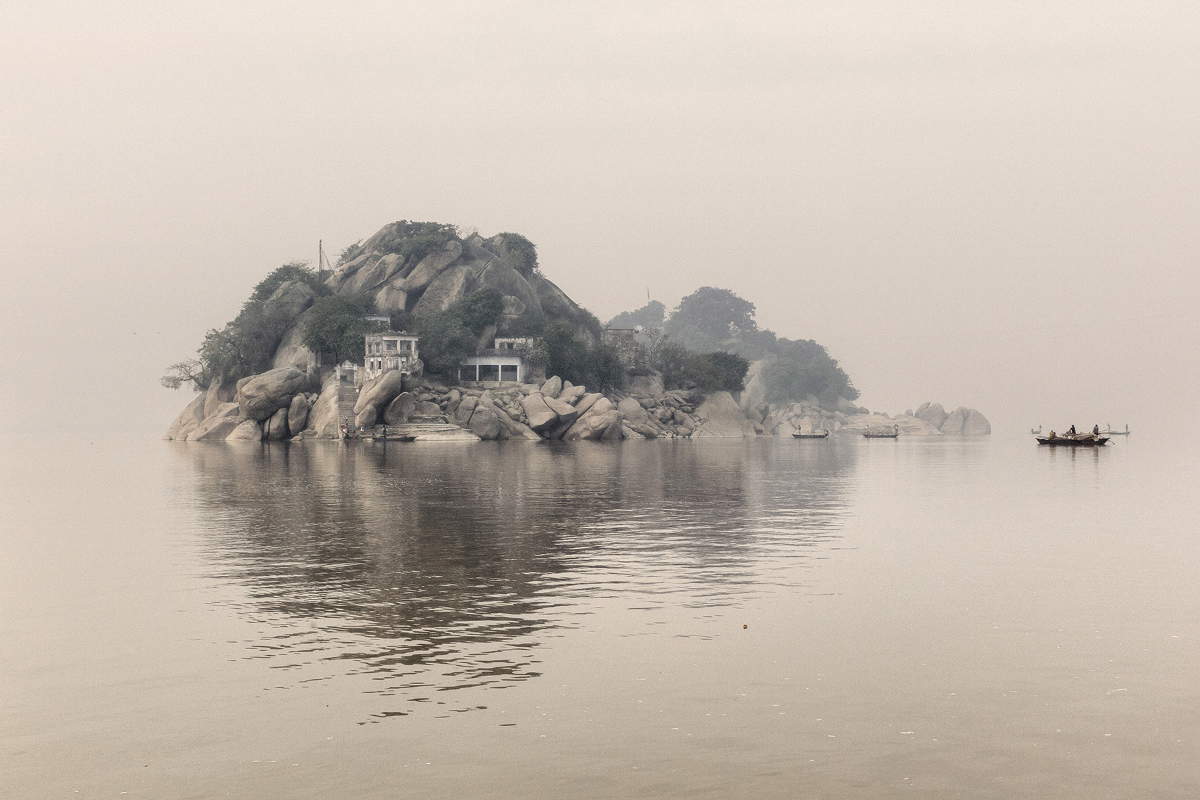 |
| Giulio Di Sturco, Ganga Ma (2005-2015) |
 |
| Giulio Di Sturco, Ganga Ma (2005-2015) |
“Much of Di Sturco’s work,” says Eimear Martin, “is about the future: the evolution of societies and human adaptation in the face of environmental pressures and technological change.” The Lazio-based photographer’s practice aims to expand the traditional limits of photo-documentation to create a poetics where the boundaries between fiction and reality appear blurred. A photography whose aesthetics probe tradition and experimentation to seek a narrative of the future. A photography that has at least two levels of reading, one that remains more on the surface and is more documentary, and one that is deeper. “Images are created visually to attract people, but the idea is that you have to stop in front of the photo and understand the second level of the photo.” This is what happens in Ganga Ma’s photos: they are photographs that captivate the audience at first viewing, because of their atmospheres and the beauty they seem to evoke, but if you look closely you will see a reality made of pollution, dirt, garbage, ugliness.
“I’m not interested in passing judgment on what I see,” Di Sturco said in an interview, “I want the photos to leave the viewer to use their imagination to put in what they want.”
 |
| Giulio Di Sturco, or photography to understand what the future will look like |
Warning: the translation into English of the original Italian article was created using automatic tools. We undertake to review all articles, but we do not guarantee the total absence of inaccuracies in the translation due to the program. You can find the original by clicking on the ITA button. If you find any mistake,please contact us.